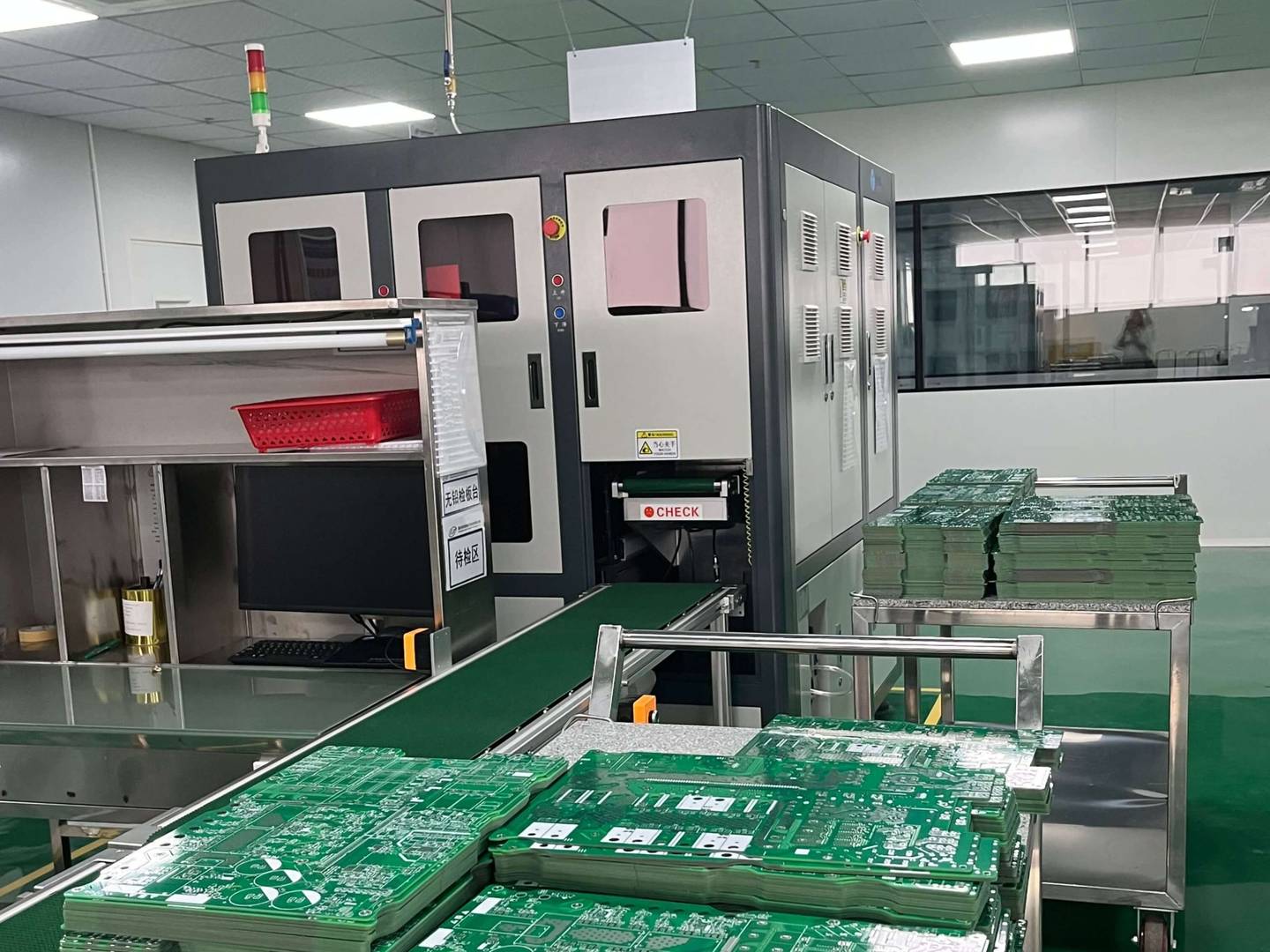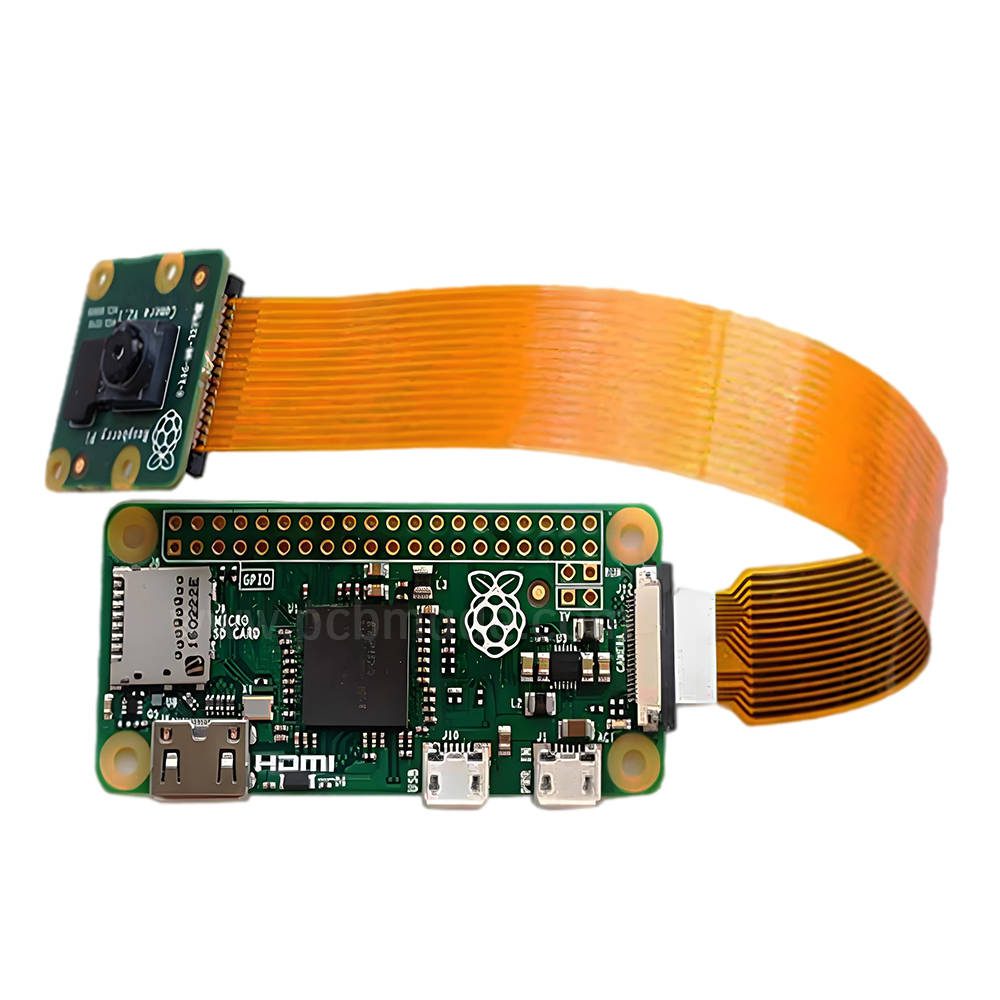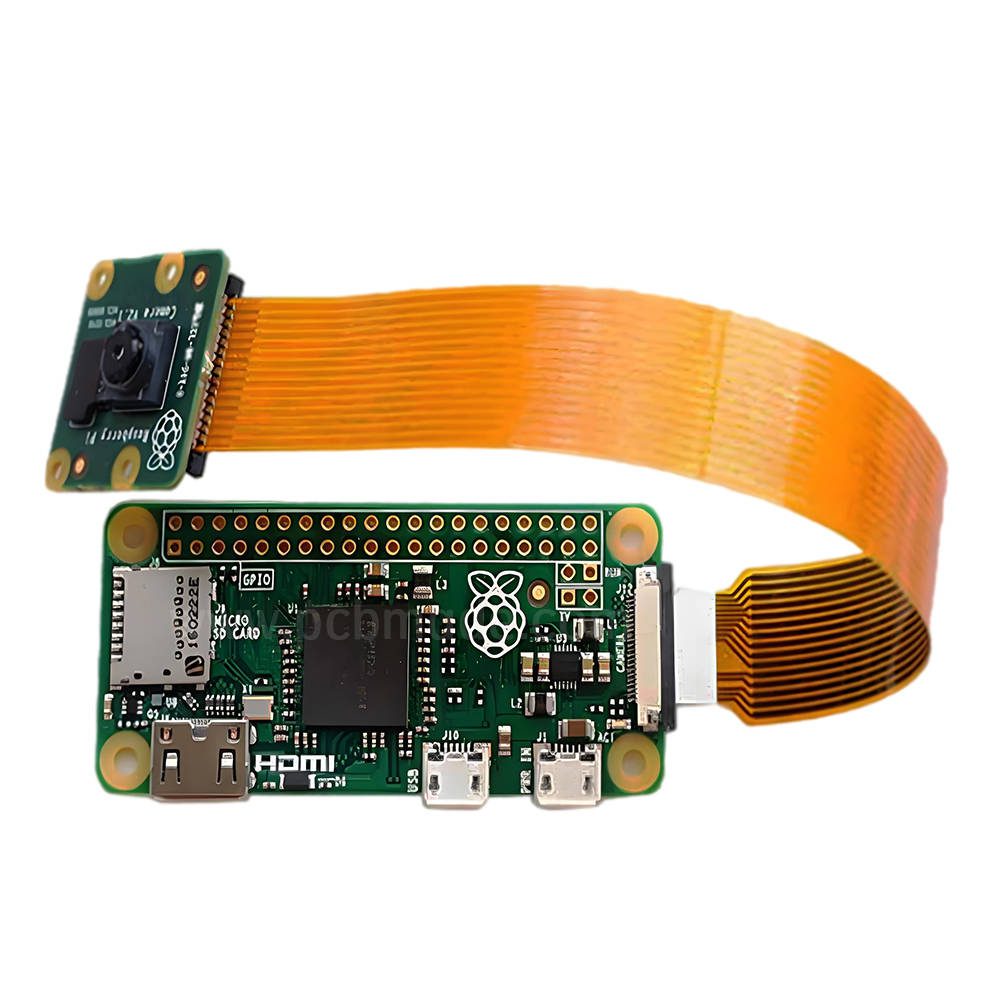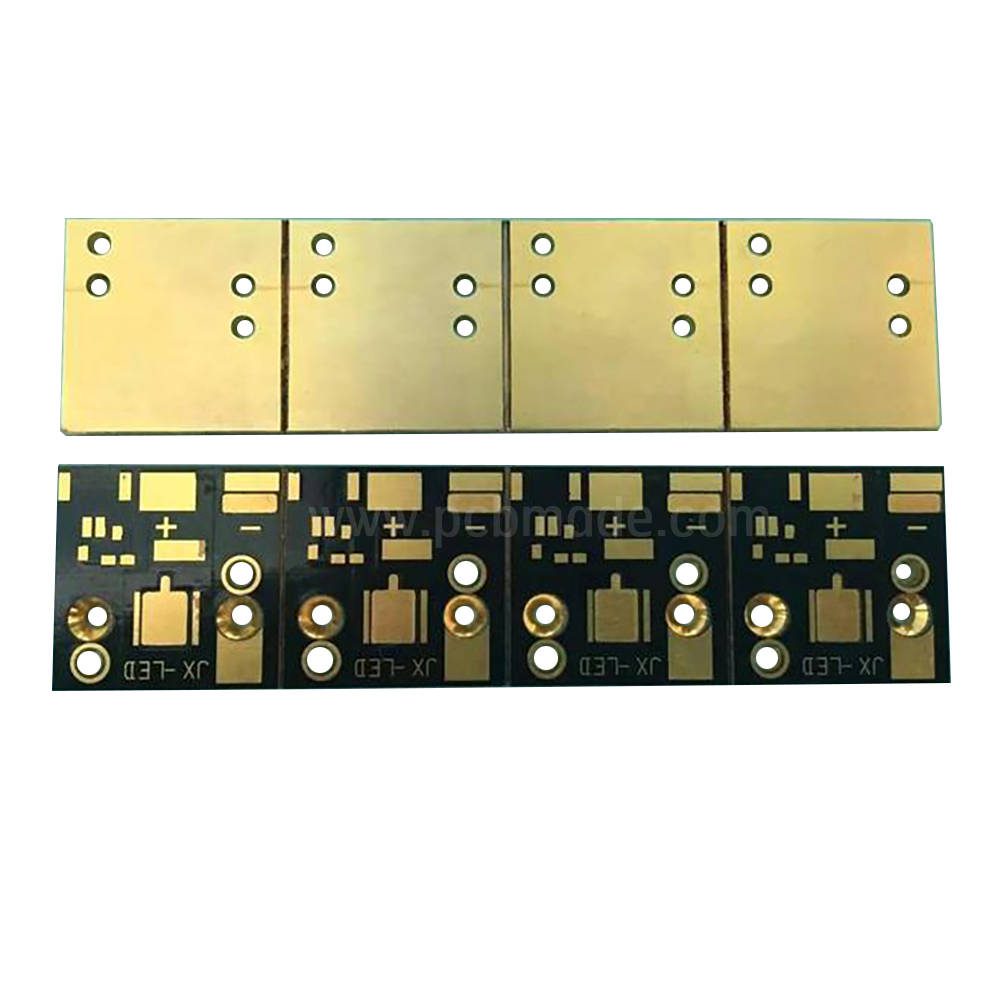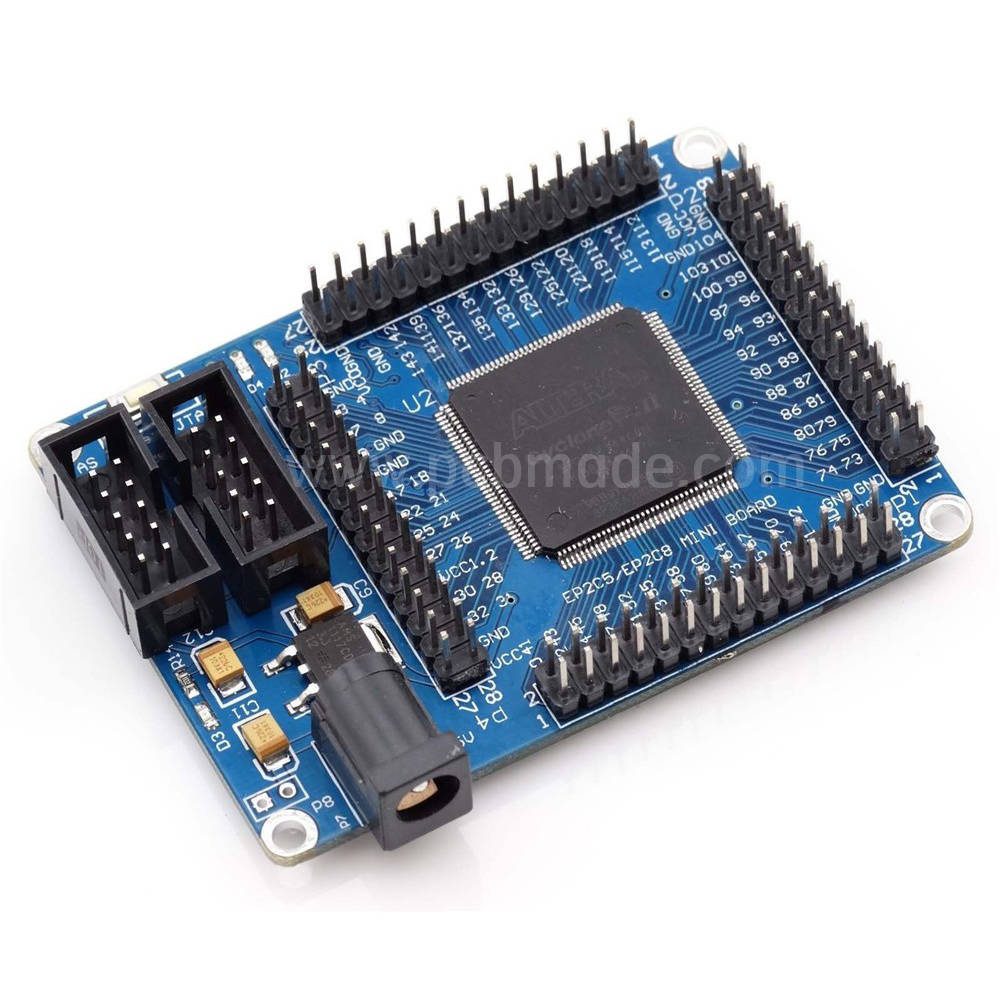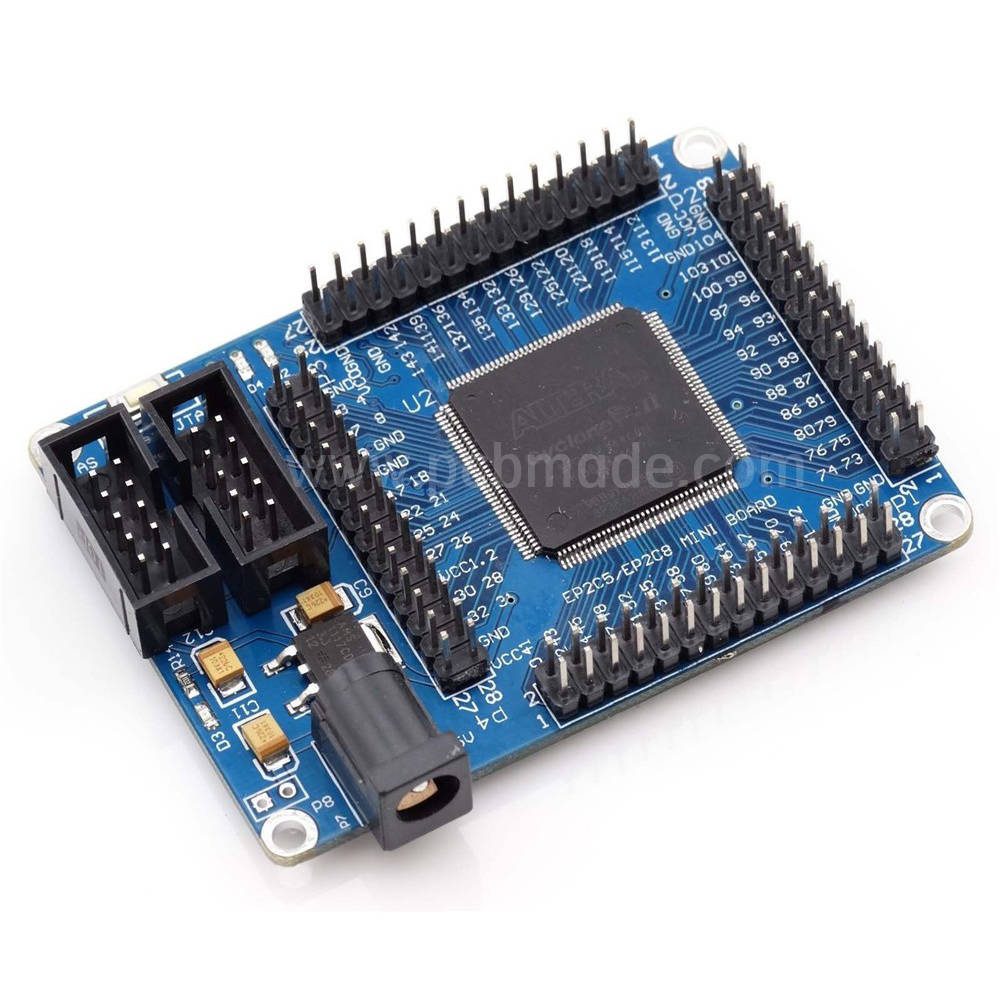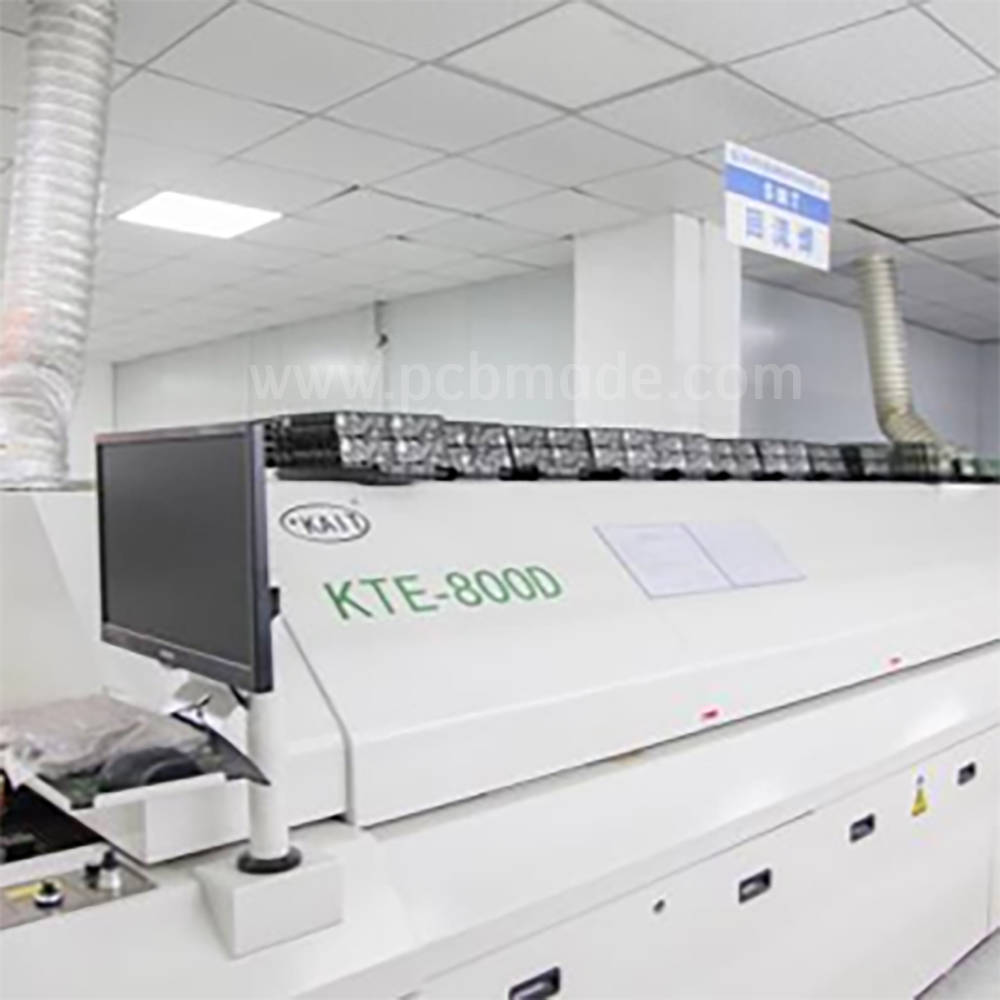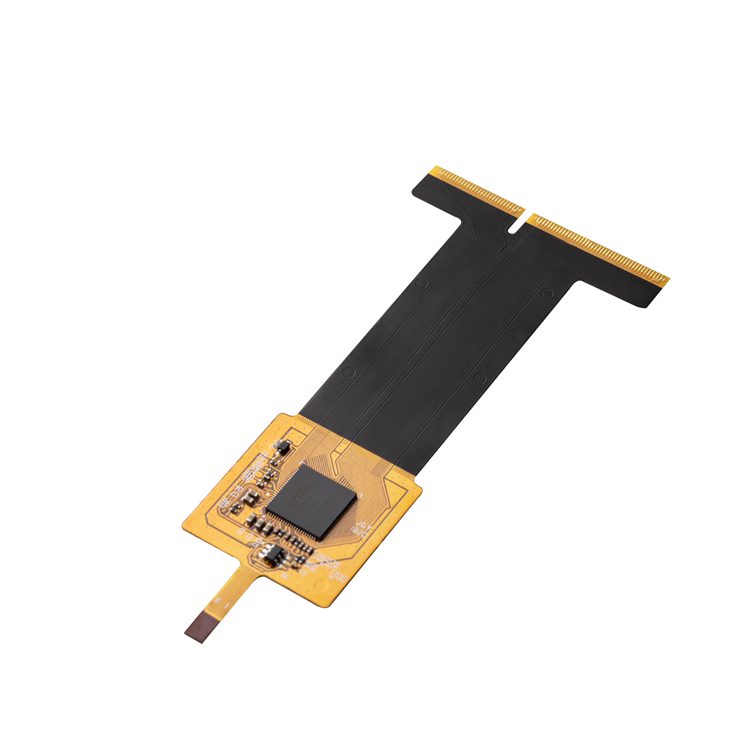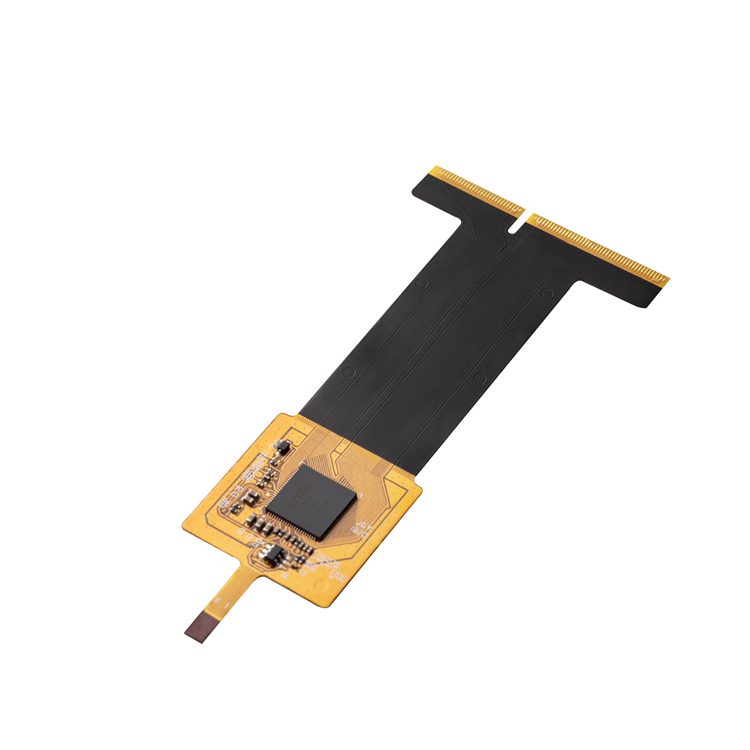Key Advantages for Automotive Use:
- Weight & Space Savings: Replaces traditional wiring harnesses, reducing vehicle weight by up to 50% and saving 60% of installation space
- Extreme Environment Resistance: Operates reliably in **-40°C to 125°C** temperatures and withstands vibration, moisture (IP67/IP68 certified), and automotive contaminants
- Signal Integrity: Features controlled impedance (100Ω–10GHz) and EMI shielding for reliable communication in CAN bus, ADAS, and infotainment systems
- Cost-Effective & Efficient: Simplifies assembly processes and reduces production costs compared to rigid PCBs or wire harnesses
Applications:
Widely used in EV battery management systems, sensor networks (e.g., tire pressure monitoring), interior electronics (climate controls, instrument clusters), and ADAS/autonomous driving modules (camera interfaces, LiDAR signal processing)
Manufacturing Compliance:
- AEC-Q101 Standards: Passed thermal cycling, humidity, and mechanical shock tests for automotive-grade reliability
- RoHS/REACH Certification: Lead-free soldering and eco-friendly materials for global markets
This optimized description targets engineers, automotive OEMs, and procurement teams by emphasizing technical specifications (e.g., “0.1mm thickness,” “10,000+ bends”) and industry-specific benefits (e.g., “EV battery systems,” “ADAS integration”), aligning with search trends for next-gen vehicle electronics


